Container Park, as its name implies,
is a business district integrated with many container stores.
On the premise of not affecting the regional ecological environment,
modular buildings are the most convenient and practical buildings.
These containers can not only meet the needs of each business department,
but also make the space they occupy harmonious and unified.

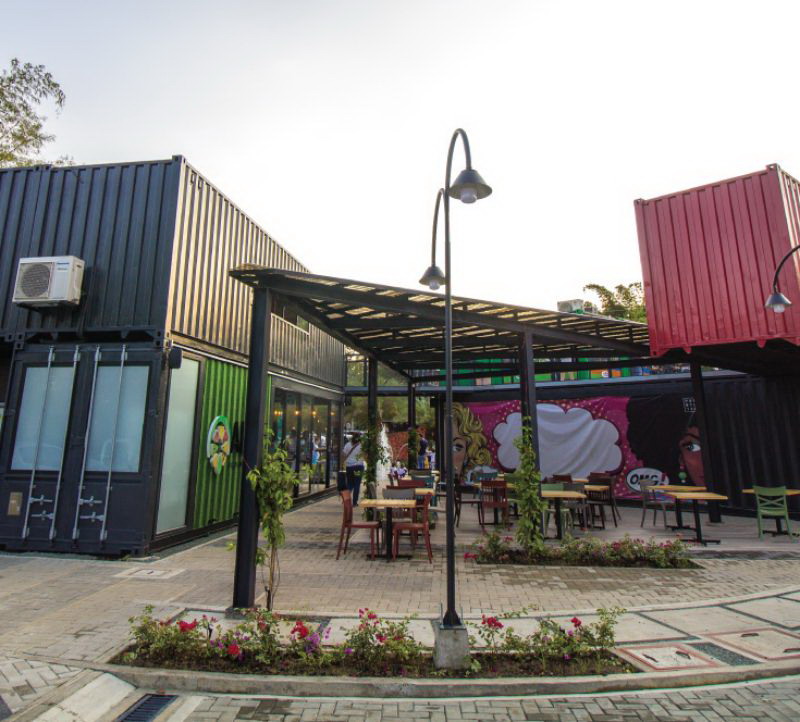
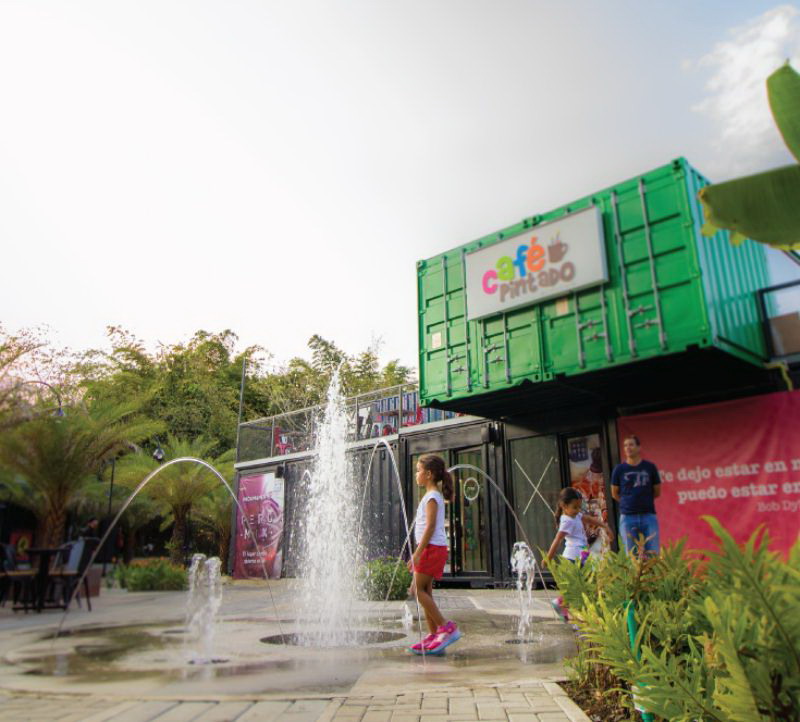
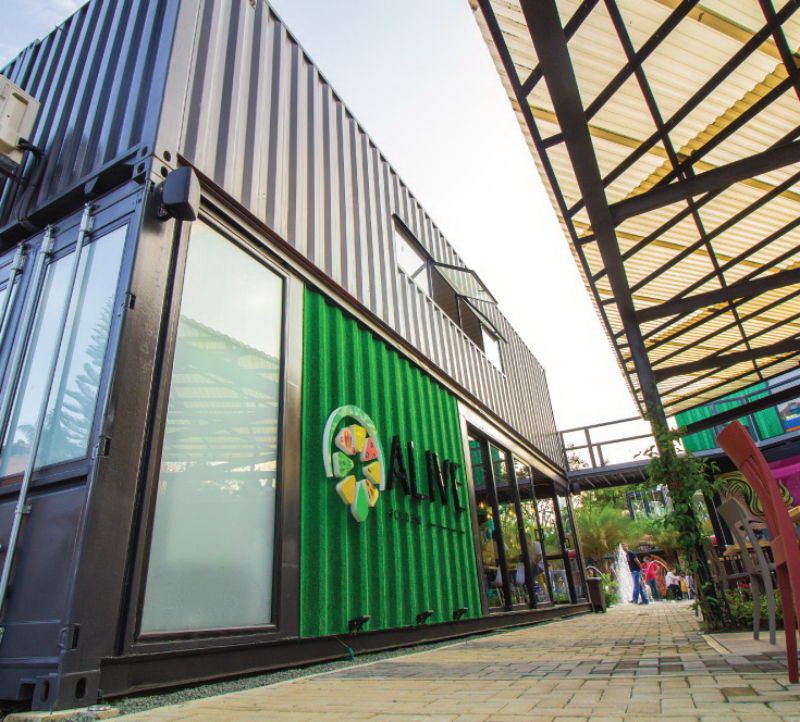
This is the most innovative container park in Kali,
and also the largest container park in Kali,
named [Puerto 125 Zone Commercial], which mainly provides food,
entertainment and personal care services.
Located in Pans, south of Kali,
the commercial site uses containers that have completed their transport working life,
which is an innovative project.



In the container park, containers only account for 20% of the total area of the lot,
namely 4600 square meters,
which creates a large private park for tourists to relax.
The project protects the original trees on the site,
such as Guayacanis, rubber and melon trees.
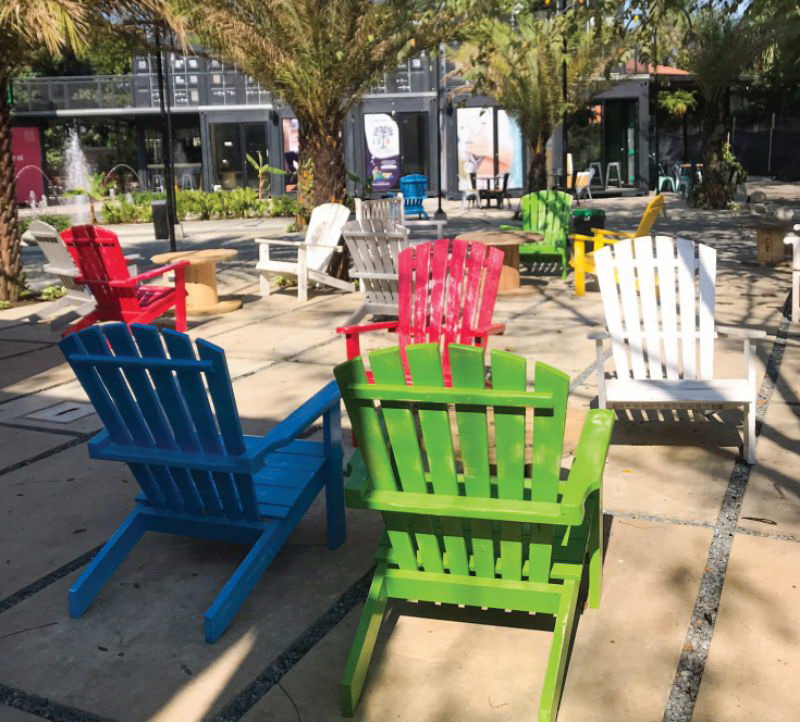
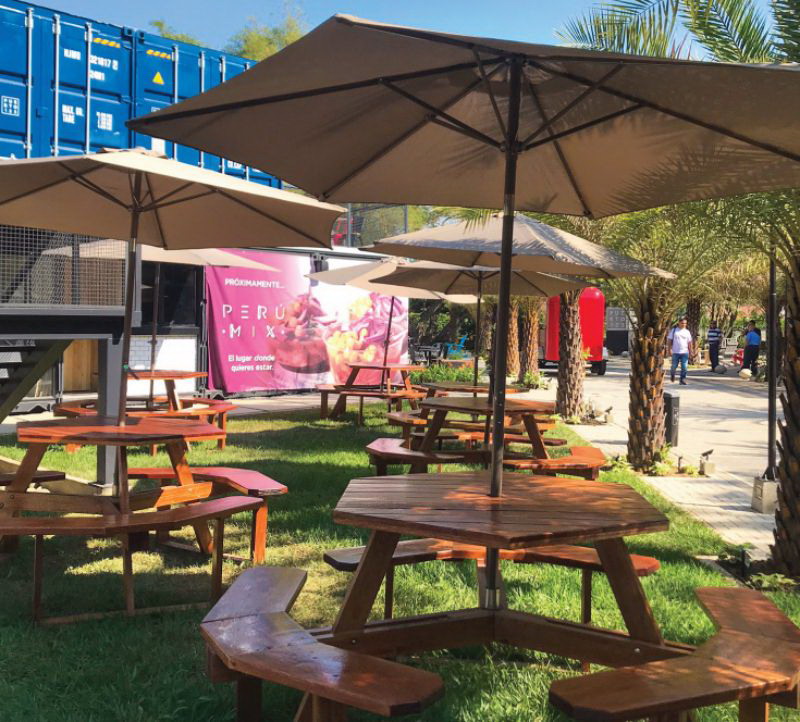
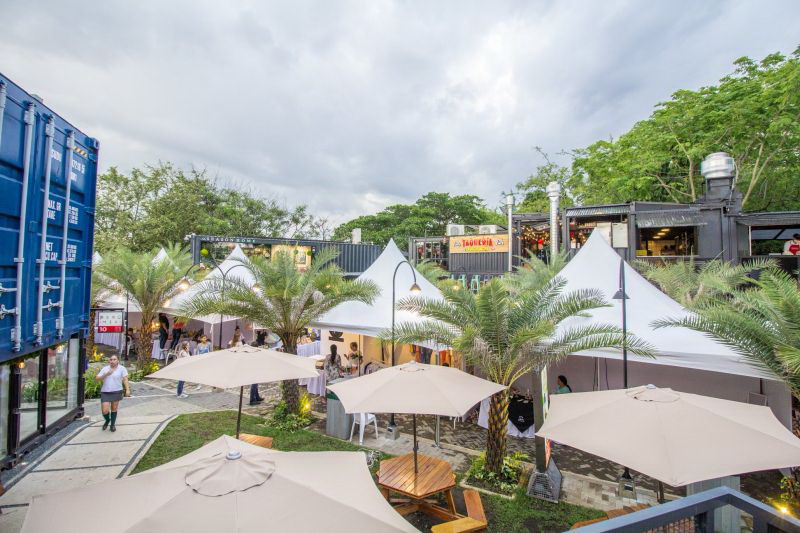
Each business in the park is called the "owner partner".
They received these containers and repaired and decorated them interestingly.
In addition to the appearance features,
it also includes the application of airless paint system,
which saves 25% of the cost of paint remaining in the environment.
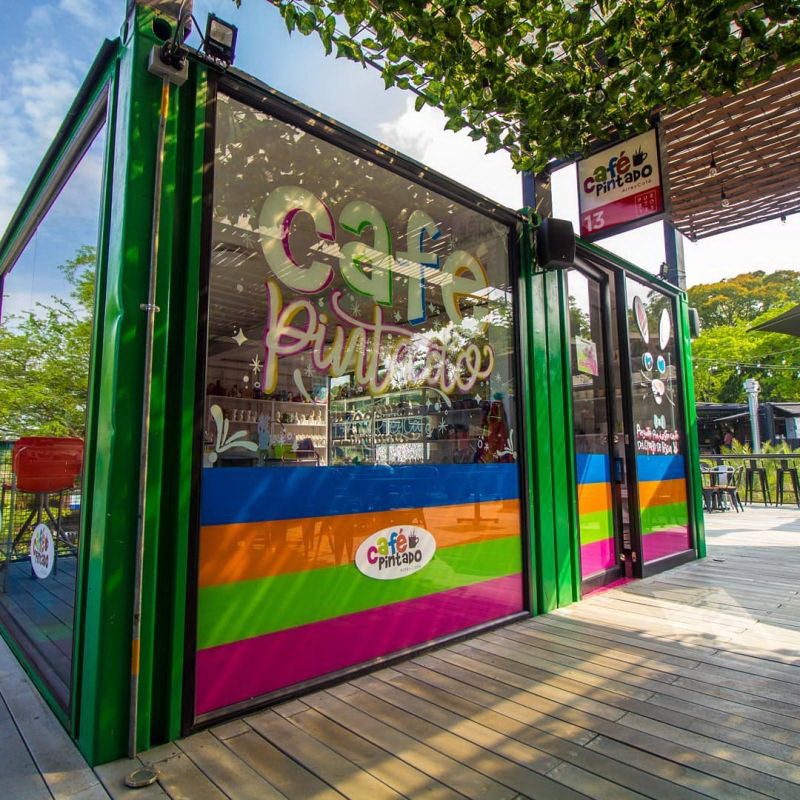
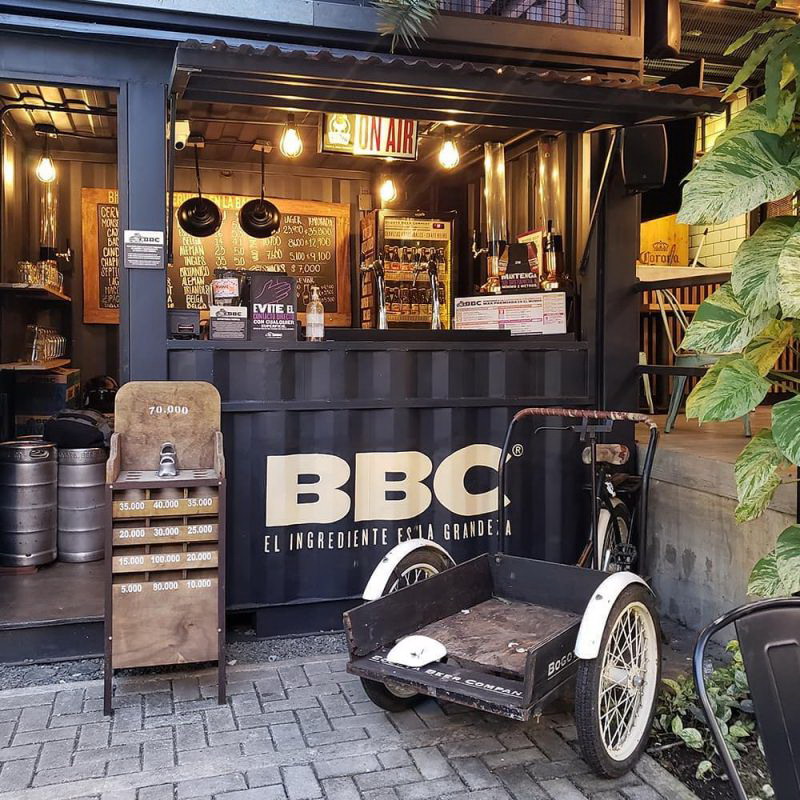
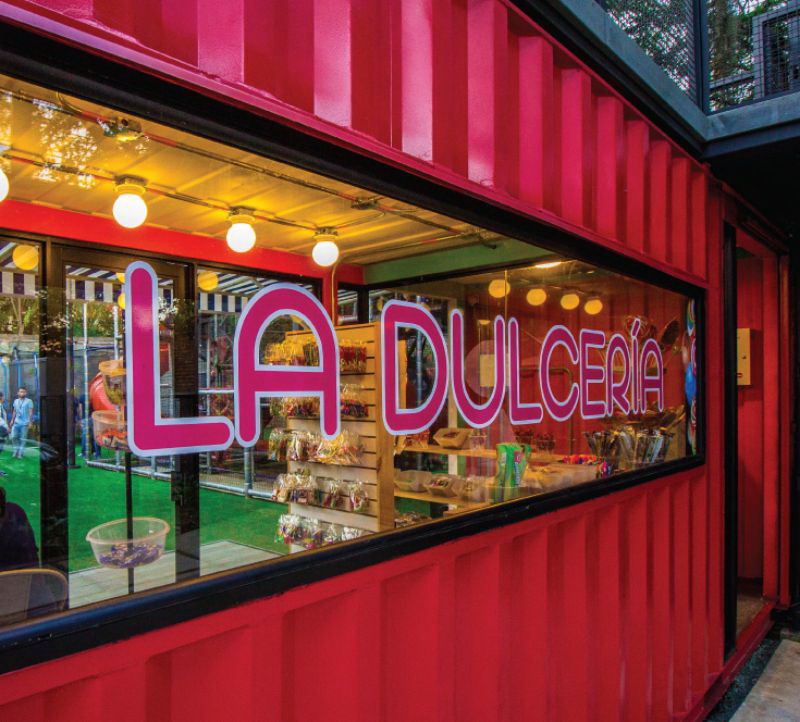
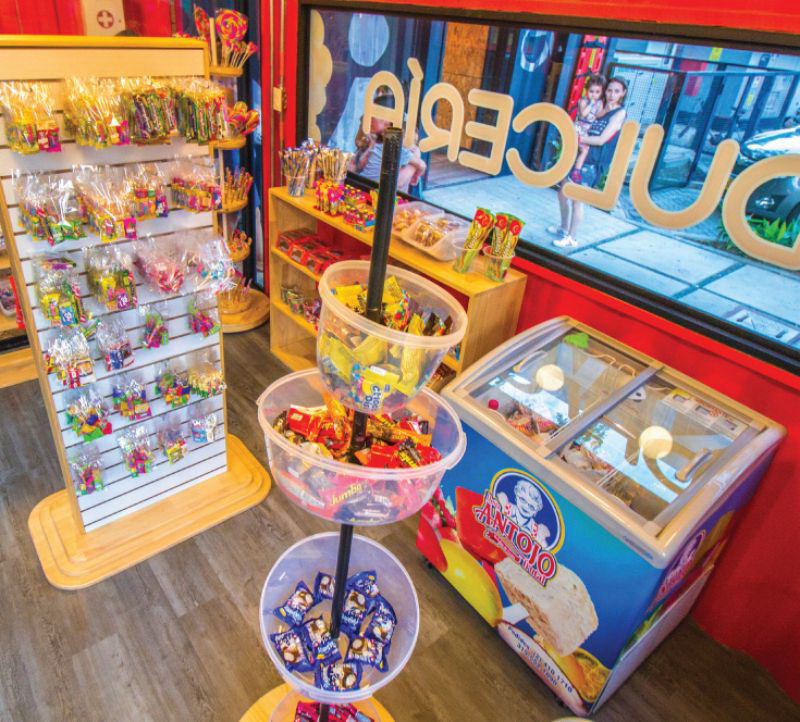
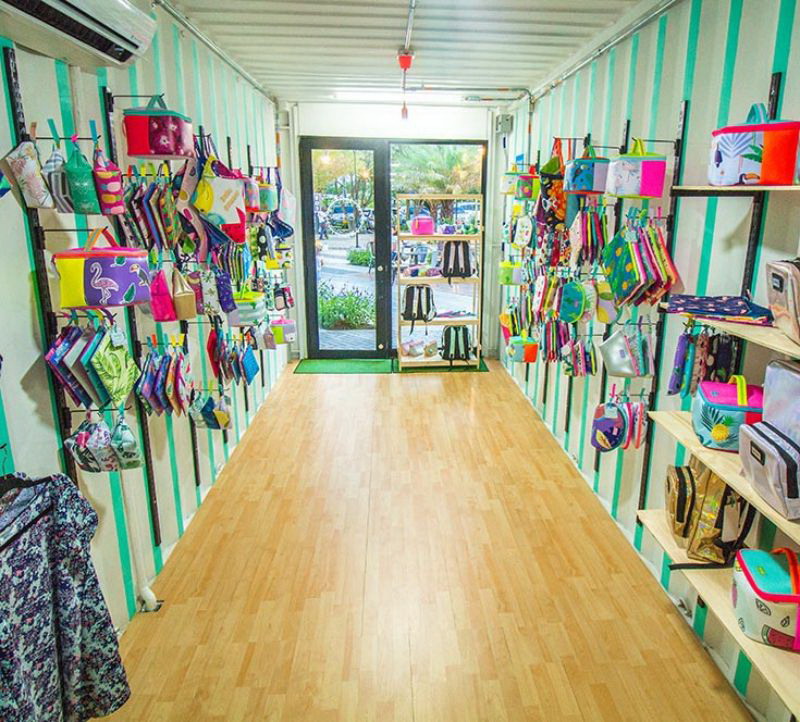
Adhering to the ecological concept of sustainable development,
the park adopts a rainwater collection system,
and uses recycled liquid water to maintain
the commercial plaza through the Geodren system (full drainage).
Among them, the paving stones in the parking lot
and pedestrian dedicated area have 50% recycled content,
which allows rainwater to penetrate, thus naturally absorbing the land.
In addition, some bathrooms are equipped with water-saving valves,
which can reduce water consumption to 80%.
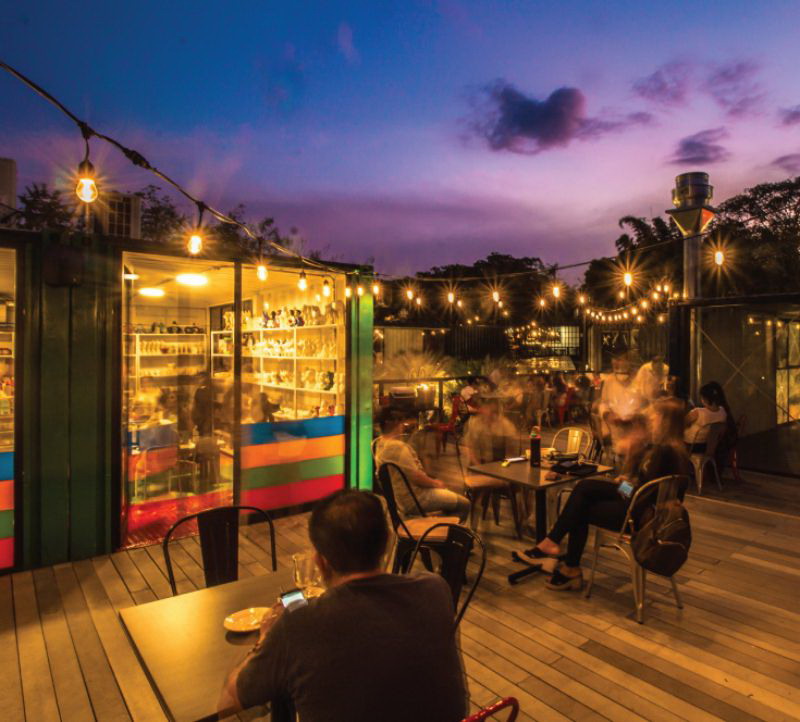
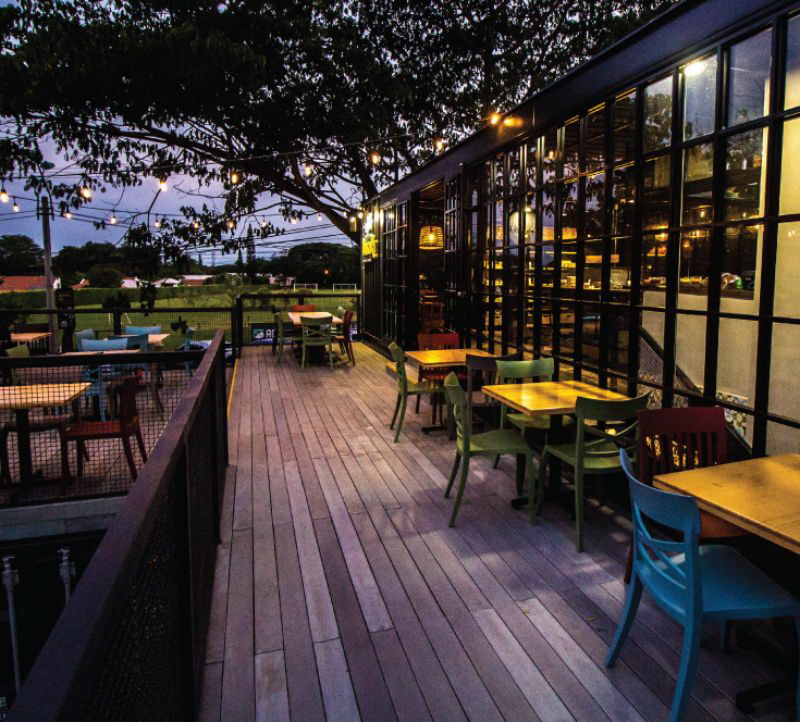
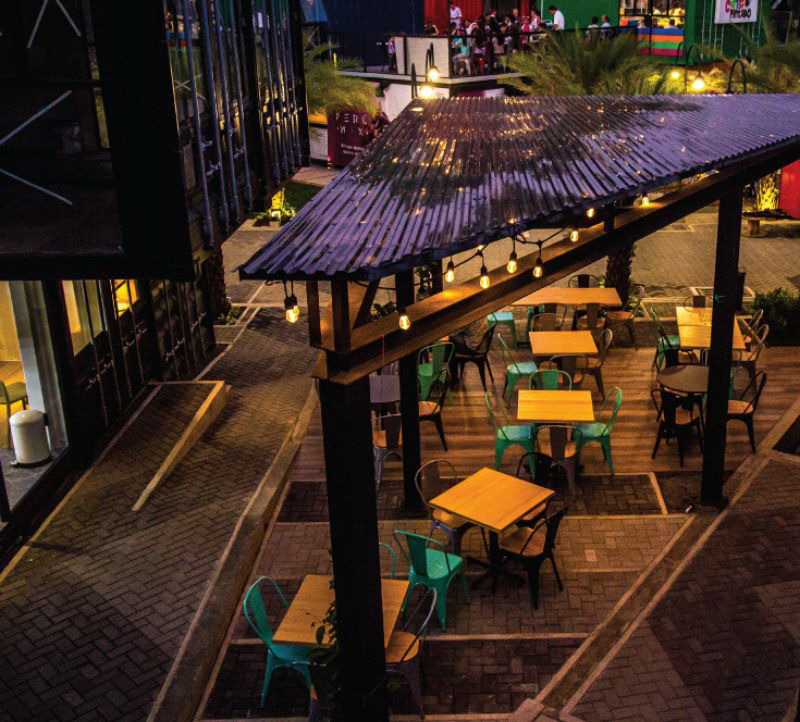
Pictures courtesy of Colombia